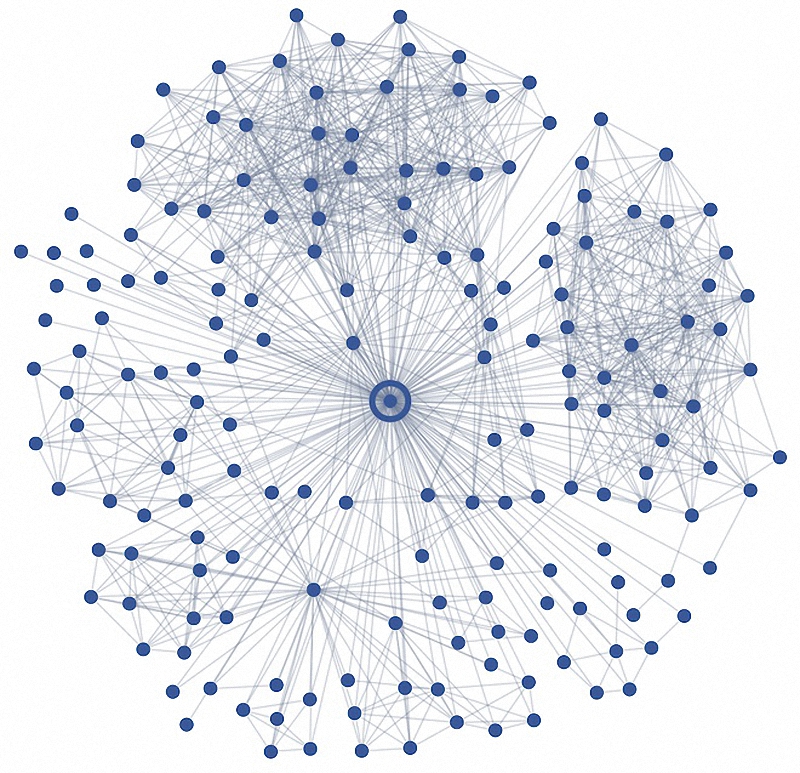
At least, not yet. But you might think so if you’ve read the internet lately, which has has been abuzz with a new study that shows how an algorithm can accurately guess a user’s romantic partner or foretell a potential breakup based on the structure of his or her social network. All this is true—sort of. (We’ll get to that in a bit). More than anything, the algorithms and how they work demonstrate how Facebook is inching closer to producing predictive, even counterintuitive insights about our lives.
[…]
By analyzing social networks with the dispersion algorithm rather than embeddedness, Kleinberg and Backstrom were able to accurately guess a user’s spouse correctly 60 percent of the time and a non-marital romantic partner nearly 50 percent of the time. Those are pretty impressive numbers, given that the data set comprised 1.3 million Facebook random users who were at least 20 years old, had between 50 and 2,000 friends and noted some form or relationship status on their profile. (The odds of guessing a randomly guessing a partner would thus range between 1-in-50 to 1-in-200—or between 30 and 120 times less than the results achieved by Kleinberg and Backstrom.)
[…]
But perhaps the most fascinating idea within the research came when you flip this formulation around. What happens to relationships when people’s social networks aren’t many-tentacled? Turns out, in cases where there was low dispersion (where the couple had a lot of mutual friends, but from distinct social circles), couples were 50 percent more likely to change their status to “single.” Put another way, having social networks that mirror each other too closely in one particular part of your life seems to result in more transitory romances. There’s a common sense way of reframing this idea: After all, how many people have you broken up with right around the time that it became clear that your friend circles weren’t gelling?
Ref: Facebook Inches Closer to Figuring Out the Formula for Love – Wired